2009 Mitsubishi Lancer Ralliart Review
People always want what they can’t have. Roughly a decade ago, American car enthusiasts wanted the Mitsubishi Lancer Evolution – and they wanted it bad. The fact that Playstation’s Gran Turismo series was selling like hot cakes didn’t help. In 2003, it finally arrived, albeit a little watered down from the home market counterpart. Since then, the Evolution has become a mainstay among the enthusiast community, but for some, its uncompromising performance and harsh ride, not to mention its cop-baiting looks, can mean that this car, for all its grand standing, is perhaps a bit too intense (and expensive) for some.
FAST FACTS
| 1. All US bound Lancer Ralliarts come exclusively with the SST twin-clutch gearbox. |
| 2. The Evolution’s extra rear bracing was eliminated to make way for a folding rear seat. |
| 3. All Wheel-Drive system is borrowed from the Evolution IX. |
| 4. Save for the turbo and mapping/valve timing, the engine is identical to that used in the current Lancer Evolution and makes 237hp and 253 ft-lbs of torque. |
For people like this, Mitsu offers up the Ralliart. Now let it be said, previous Ralliarts that landed on these shores were a bit like most politicians when it came to performance – all talk and very little action. Aside from the quick ratio gearbox, the car just didn’t provide a proper sporting feel, at least not in a rally-bred sense. However, with the current, bigger Lancer, the three-diamond concern has elected to push the Ralliart concept a little further, more toward the persona of big brother Evo. Read on.
SPORTIER WITHIN
It has to be said, that from the outside, this car looks a lot like a regular Lancer GTS. The biggest differences are the front fascia, which is slightly more aggressive, the Evo’s aluminum hood (replete with vents and a functional scoop) and the dual exhaust tips out back, plus the badging. Everything else, from the 18-inch multi-spoke alloy wheels, to the rear deck spoiler is the same. Our car was finished an interesting shade of bronze, which actually complimented the contours quite well.
As for fit and finish, the car doesn’t exactly feel very solid. The doors have a hollow resonance when you shut them, while panel gaps and paint quality are okay.
Inside, the Ralliart feels perhaps more performance oriented; enthusiasts will delight in the thick, small, three-spoke steering wheel and the genuine Recaro front bucket seats, that keep you firmly planted in place. Our tester came fully loaded – power sliding sunroof, locks and mirrors, plus a Rockford Fosgate info-entertainment system with satellite navigation, Sirius/XM satellite radio and a CD player housed behind the moveable LCD screen. Compared to the old Ralliart, this one conveys “youth” and “sportiness” much more convincingly… and we haven’t even started the engine yet.
RETUNED
When it comes to cars like this, it’s the greasy bits that really matter most. The 2009 Lancer Ralliart, features a version of the Evo’s 4B11T 2.0-liter four-cylinder engine, coupled with a six-speed twin-clutch transmission. The motor itself, from the semi-closed deck to the forged pistons, aluminum head and cam profiles is identical to that used in the current Evolution. However, a smaller, single scroll turbocharger is employed and the ECU and MIVEC variable valve timing is specifically calibrated for this application. Still, that results in 237 horsepower and 253 ft-lbs of torque.
What’s interesting, is that once you get moving the engine has a considerable amount of wallop, especially for a four-banger. There’s very little turbo lag. Although peak power comes at a fairly heady six-grand, maximum torque comes in at a useable 3000 rpm, which, when combined with the twin-clutch gearbox, makes for fast take-offs. By the time those around you have figured out what’s going on, you’re already four car lengths ahead of your traffic light contemporaries – and that’s at legal speeds! For best results and maximum involvement, we’d suggest driving this car with the gearbox in sport mode. In ‘normal’ it feels a bit sluggish and awkward, especially at lower speeds. Although this car uses virtually the same gearbox as the high-flying Evolution MR, gears five and six are taller ratios, in a nod towards better fuel economy. Still, as things go, 17/26 mpg city/highway isn’t what you’d call thrifty by four-cylinder standards.
SURE-FIRE GRIP
Because this car uses a version of Mitsubishi’s Super All Wheel control system (in reality a version of Evo IX’s AWD system with its Active Center Differential), traction is outstanding.
In terms of handling, you might think that softer suspension settings and steering shared with lesser Lancers will make the car considerably less capable than the Evo, but in most driving situations the difference really isn’t that noticeable. There’s a bit more body lean, but point the car where you want, stab the throttle and it maintains a tight line – the best part is, you can shift gears right through the corner, allowing for very fast entry/exit.
The AWD system is quite unique in this class, employing mechanical front and rear differentials, but these, along with the ACD and rearward torque bias, mean that you can actually drift the tail quite easily, especially once the stability control has been disabled.
The steering is rather responsive, given the small wheel diameter and a fairly aggressive pump setup. Although the Ralliart carries a little more weight than the Evo (no aluminum suspension pieces) and a bit more flex (no additional rear chassis bracing), it still feels quick in a point-to-point sense, with very good directional control. There’s no Active Yaw Control on this car, but in all honesty, given the Ralliart’s smaller footprint (narrower track and 215/45/18 tires), it really isn’t needed – any benefits offered would be purely academic.
ALL-WEATHER, ALL-THE TIME
Besides the stuff already mentioned, the Ralliart, like the Evo, also boasts three different traction settings – tarmac, gravel and snow, activated by a small switch on the center console. This helps optimize the All-Wheel-Control System to the road surface on which the car is traveling and after having driven at high speeds in snowy conditions, we can tell you that not only does it deliver outstanding grip, but also brings out your inner Tommi Makinen; providing a level of driving enjoyment that few modern cars, (even high dollar ones) can match.
Braking is not quite up to the same level as the rest of this car’s capabilities, but engineers have fitted fairly aggressive twin-pot clampers and larger rear pistons on the four-wheel discs to help bolster the standard Lancer hardware. Under most circumstances stopping ability is more than adequate, but out on the track or under really aggressive conditions the anchors do start to protest – then again, you can always upgrade down the road.
THE VERDICT
Given the level of performance and usability the Ralliart provides, along with the list of standard equipment, you’d think that it would be touching Evo territory when it came to price. Well, actually there’s quite a differentiation (around 10 grand) and at an entry fee of $26,490, the Ralliart stands out as a very attractive buy; especially against cars like the MazdaSpeed 3 and Subaru WRX, which don’t offer the same to fun to drive factor the Mitsubishi does.
PLUS
- Torquey engine
- Quick shifting gearbox
- Superb grip
MINUS
- A little tinny
- Braking could be better
- Fuel economy of a V8
More by Huw Evans

















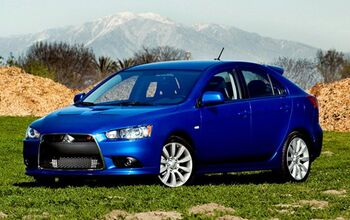

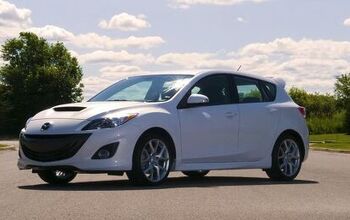






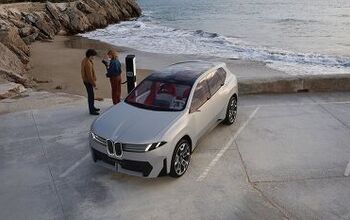
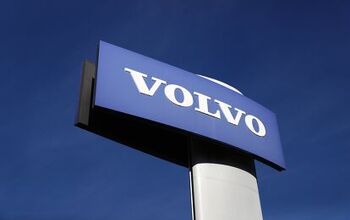

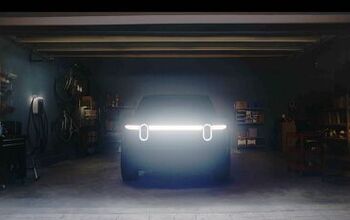
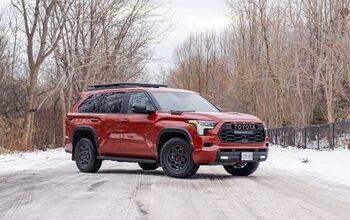
Comments
Join the conversation
Always loved this car. Preferred it greatly to the Evo, as the Evo is too much for my taste. I like the look, and the fact that a hatchback is available. With better tires, it can be a genuinely entertaining and practical sporty car!